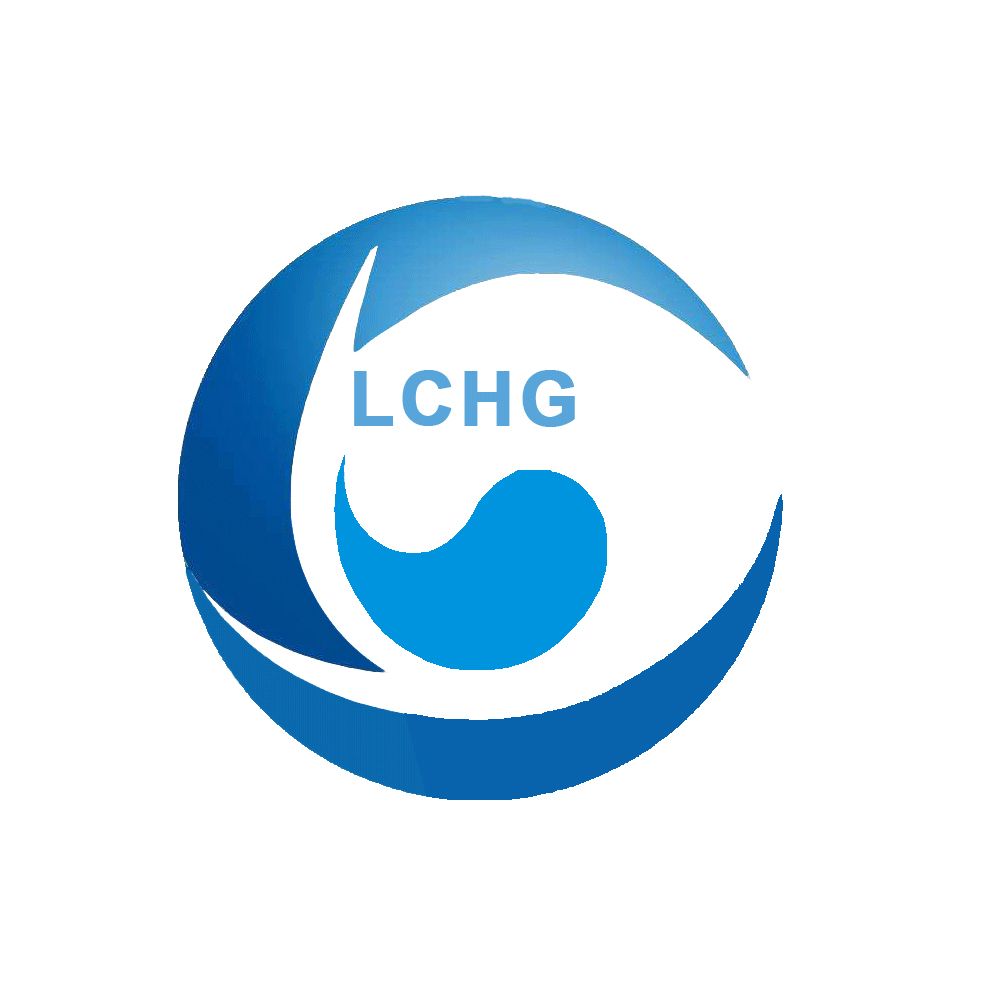Studies on the Chemical Constituents of the Aboveground Part of Corydalis Fangshanensis and Its Anti proliferation Effect on breast cancer Cells
Corydalis fangshanensis is an annual herbaceous plant of the genus Corydalis in the Papaveraceae family. It is mainly distributed in Fangshan, Beijing, Shanxi, Henan, Hebei and other places, and grows on limestone and rocky slopes at an altitude of 500-1600m. Purple violet medicinal herbs are mostly used as whole herbs, with a sweet and cold taste as the main ingredients. They have the effect of clearing heat and detoxifying, and are often used to treat diseases such as colds, fever, ulcers, and ulcers. Previous studies have found that this genus of plants contains chemical components such as alkaloids, flavonoids, coumarins, and organic acids, among which alkaloids are the main pharmacological active ingredients. Modern pharmacological research has found that the alkaloids in this genus have various activities such as anti-tumor, anti-inflammatory, anti myocardial ischemia, antibacterial, and hepatoprotective effects. The 2020 edition of the Pharmacopoeia of the People’s Republic of China includes C. yanhusuo in the genus Corydalis yanhusuo、 Summer without C decumbens、 Kudi Ding C Medicinal plants such as Bungeana, compound Corydalis yanhusuo tablets, and summer no injection have been used in clinical practice. At present, due to factors such as growth environment and yield, there are few reports on the chemical composition or pharmacological activity of Fangshan purple violet, which hinders the exploration of its medicinal ingredients. For this reason, this study systematically studied the chemical composition and in vitro cytotoxicity of Corydalis fangshan collected from Zuoquan County, Shanxi Province. A variety of chromatographic separation techniques were used to systematically separate the crude extract of 80% ethanol, and the separated compounds were tested for breast tumor cell inhibition, in order to provide a basis for the application of this drug against breast cancer and its later quality control research.


 In this experiment, a total of 17 monomeric compounds were isolated from the 80% ethanol extract of Fangshan purple violet (ethyl acetate and n-butanol). Compounds 1-10 were isoquinoline alkaloids, 11 and 12 were other alkaloids, 13 and 14 were phenylpropanoids, 15 were flavones, and 16 and 17 were lignans. Among them, compound 1 was reported for the first time as a natural product, and 2-17 were isolated from Fangshan purple violet for the first time. The compounds isolated above are basically consistent with the reported composition types of the genus Corydalis in the literature. The activity test results of inhibiting the proliferation of breast cancer cells in vitro showed that compounds 3, 4, 7 and 10 had obvious inhibitory activity against MDA-MB-231, compounds 4 and 17 had obvious inhibitory activity against MCF-7 cells, and other compounds had no inhibitory effect on the above breast cancer tumor cells. According to the activity test results, most of the benzylisoquinoline alkaloid components have a certain inhibitory effect, but the isolated alkaloid compounds are generally few, making it difficult to effectively summarize their structure-activity relationships. Subsequent work can modify the structures of some benzylisoquinoline alkaloid components with high content and summarize their structure-activity relationships. The results of this study have certain reference value for the elucidation of the pharmacological substance basis, quality control, and further in-depth research on the pharmacological effects of Fangshan Purple Osmanthus.
In this experiment, a total of 17 monomeric compounds were isolated from the 80% ethanol extract of Fangshan purple violet (ethyl acetate and n-butanol). Compounds 1-10 were isoquinoline alkaloids, 11 and 12 were other alkaloids, 13 and 14 were phenylpropanoids, 15 were flavones, and 16 and 17 were lignans. Among them, compound 1 was reported for the first time as a natural product, and 2-17 were isolated from Fangshan purple violet for the first time. The compounds isolated above are basically consistent with the reported composition types of the genus Corydalis in the literature. The activity test results of inhibiting the proliferation of breast cancer cells in vitro showed that compounds 3, 4, 7 and 10 had obvious inhibitory activity against MDA-MB-231, compounds 4 and 17 had obvious inhibitory activity against MCF-7 cells, and other compounds had no inhibitory effect on the above breast cancer tumor cells. According to the activity test results, most of the benzylisoquinoline alkaloid components have a certain inhibitory effect, but the isolated alkaloid compounds are generally few, making it difficult to effectively summarize their structure-activity relationships. Subsequent work can modify the structures of some benzylisoquinoline alkaloid components with high content and summarize their structure-activity relationships. The results of this study have certain reference value for the elucidation of the pharmacological substance basis, quality control, and further in-depth research on the pharmacological effects of Fangshan Purple Osmanthus.
